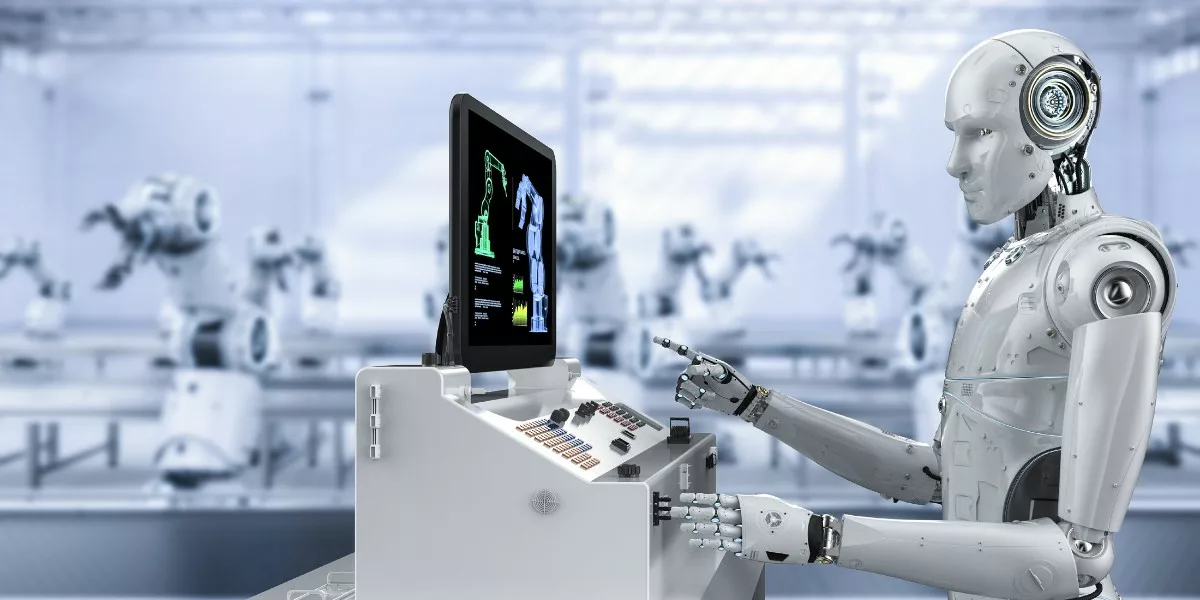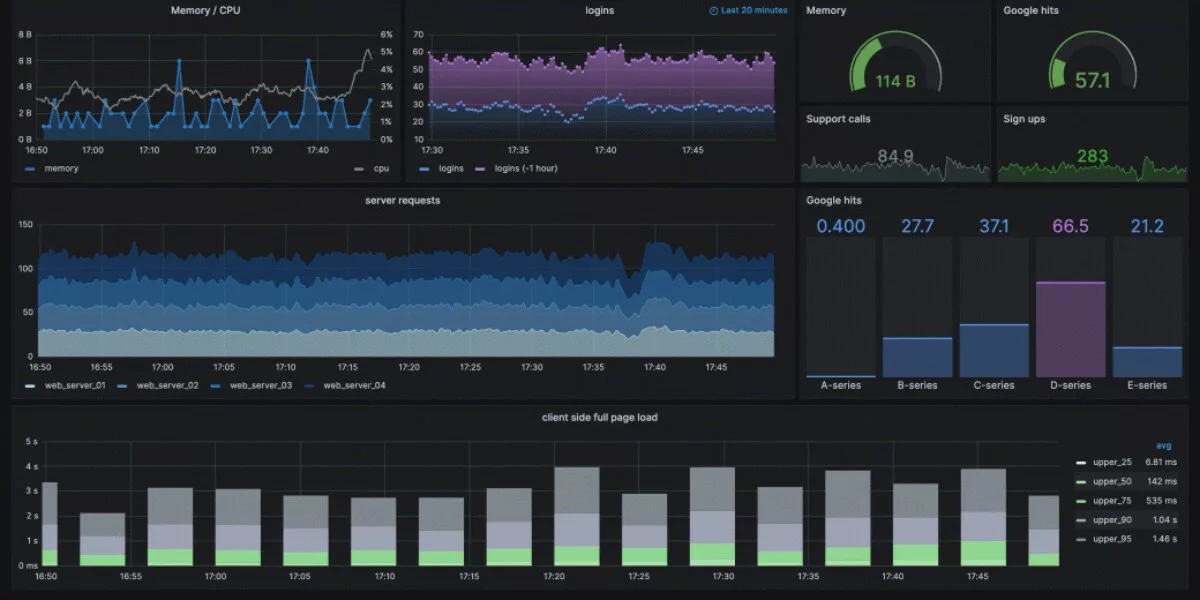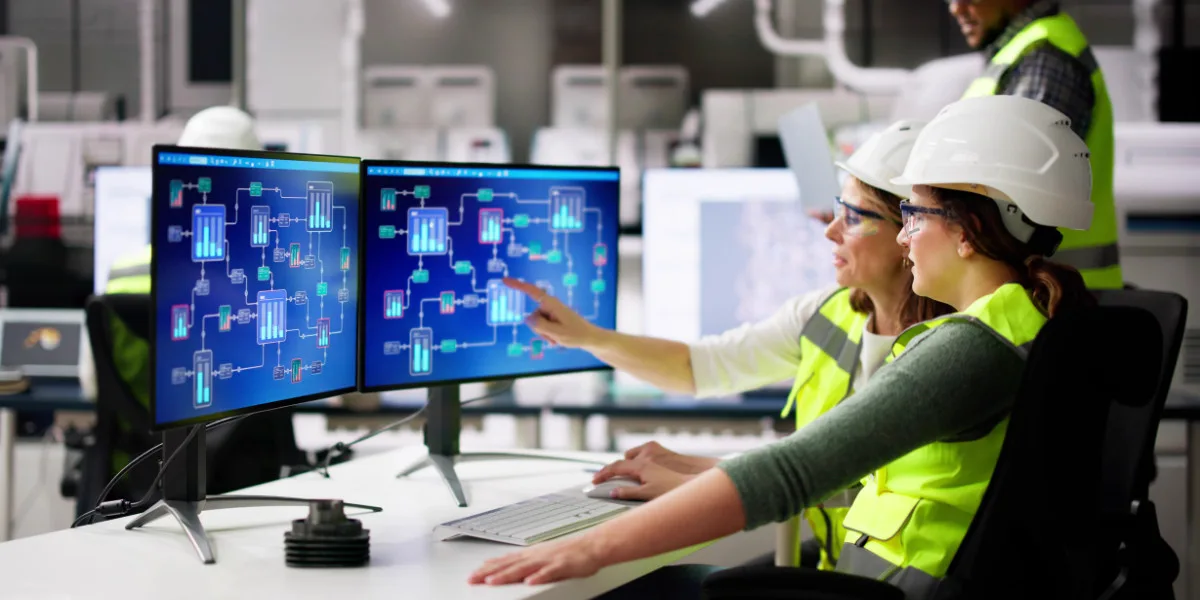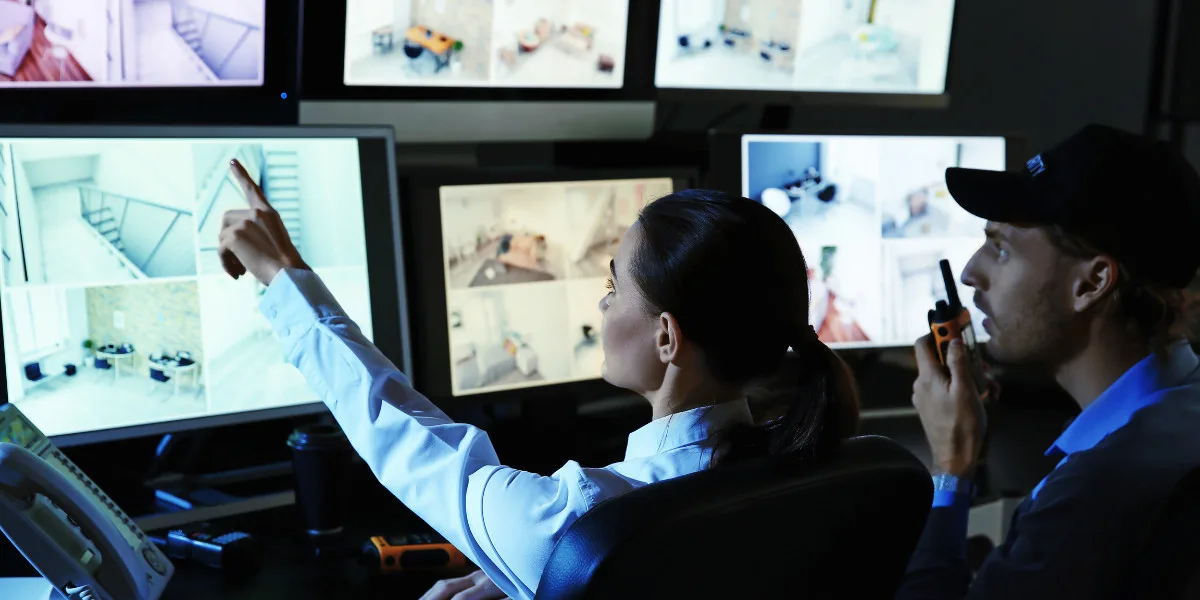
AI in Industry: Toward smarter, more efficient factories
Since the First Industrial Revolution, each wave of innovation has transformed the world of manufacturing. From steam engines to automation, from assembly lines to robotics, the industry has continually reinvented…








